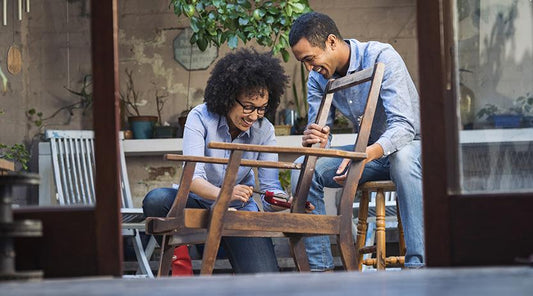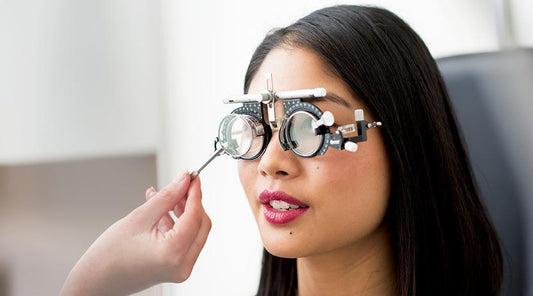What should I expect during my eye test?
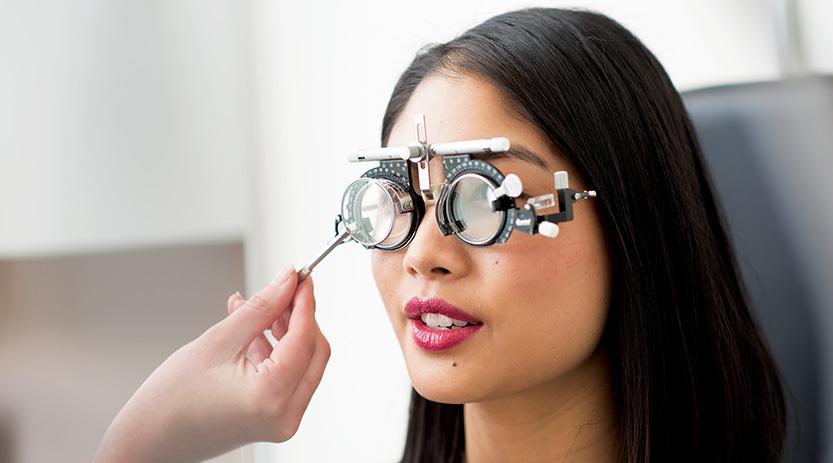
What do I need to know about eye tests?
- They usually take about 30 minutes
- You don’t need a referral from a doctor
- Eye tests are bulk billed* - this means that if you are covered by Medicare you won't have to pay out of pocket expenses.
First, we’ll get to know you
When you first visit a Bupa Optical store for an eye test, your optometrist will get the lowdown on your eyes and vision, health, your family’s health, your work, hobbies, interests and lifestyle. It might seem like a lot – but this is what helps us understand what you need. That way, we can tailor the test to you.
A comprehensive eye test can include:
Visual Acuity Test and Refraction
This tests your ability to see objects in the distance and up close using a letter chart. The optometrist will also look at your previous glasses or contact lenses (if you have any) to establish a baseline.
They’ll measure your vision, usually behind an instrument called a phoropter, which holds hundreds of different lenses. With the lights dimmed, you’ll look through this to the letter chart and answer a series of questions. Sometimes the chart may look a little blurry or doubled – this is so your optometrist can find you the lenses that suit you.
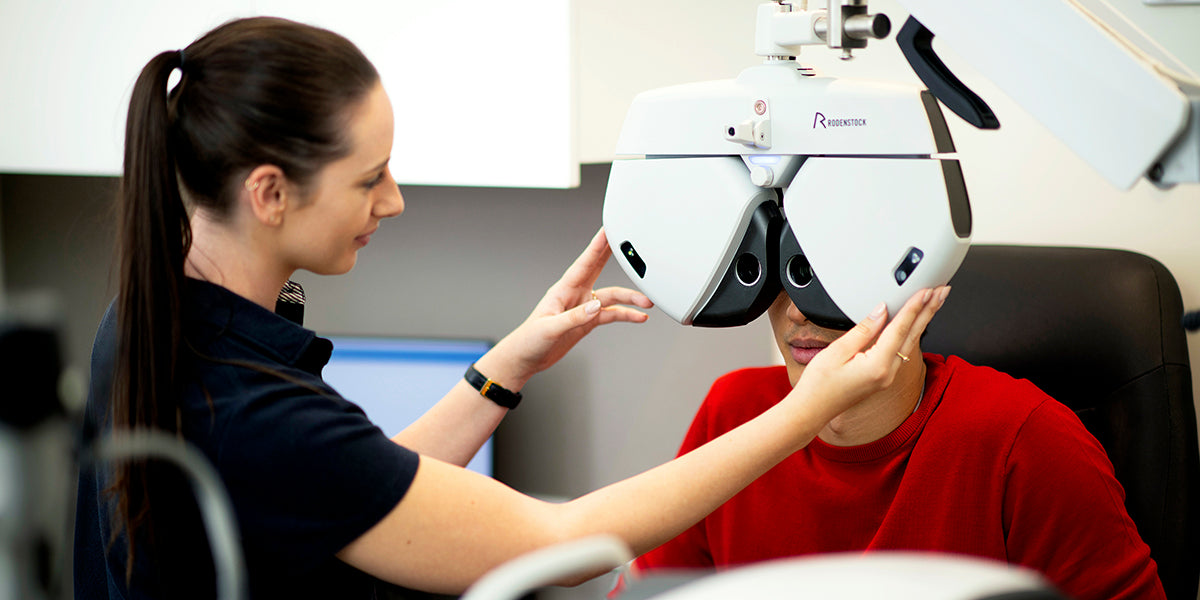
Colour deficiency test
If you’re worried about how you see colour, your optometrist can perform a test for colour blindness (but it’s more of a colour defect than a form of blindness). One way to test this is through the Ishihara Test. It can detect deficiencies in seeing red and green and blue and yellow by using a series of plates showing either a number or a path within a pattern of coloured dots.
Eye health assessment
Your optometrist is going to be looking at your eyes inside and out. That might sound a little unpleasant, but it doesn’t take long and it doesn’t hurt. They’ll look at the structures of your eyes, including the optic nerve, macula, retina and cornea, checking for cataracts, macular degeneration, and other eye conditions.
Testing can include:
Eye pressure check (tonometry)
This is a quick and painless test which measures the fluid pressure inside your eyes as part of an assessment for glaucoma – too much pressure can be a warning sign. An optometrist will use an instrument called a tonometer to measure eye pressure.
Funduscopy
This test looks to the back of the eye (retina) known as the fundus. You might be given some eye drops to dilate the pupils to give the optometrist a larger view of the retina, optic disc and blood vessels. The optometrist will check for any eye diseases including glaucoma, diabetic retinopathy, macular degeneration - but also to check that the retina and optic nerve are in good health. During a funduscopy, your optometrist will also look for signs of other health conditions like high blood pressure.
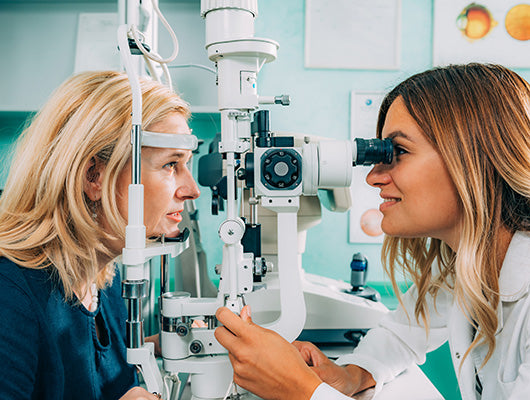
Slit lamp biomicroscopy
If this test is needed, it uses a powerful microscope and bright light (a slit lamp) to examine the structures in the anterior eye. This is to check for any signs of pathology like cataracts, corneal disease or other abnormalities.
Recommendations and advice
Once they have all your eye health information, your optometrist can recommend the best options for you. They’ll be able to give you personalised advice on how you can look after your eyes and eyesight both now and into the future.

We're here to help
Speak to your Optometrist if you have any questions, or book an appointment today.
*Bulk billing is available for eligible Medicare card holders and eligible services. Some consultations are not covered by Medicare, including some contact lens consultations. Please contact your store for more information.
Related Articles
View all-
Do I need an eye test?
Having regular eye tests can help identify and solve any vision problems, and they're a great way to get ahead of any underlying issues.
Eye testDo I need an eye test?
Having regular eye tests can help identify and solve any vision problems, and they're a great way to get ahead of any underlying issues.
Read more -
What should I expect during my eye test?
When you first have an eye test, your optometrist will get the lowdown on your eyes, vision, health and lifestyle in order to tailor the test to you.
Eye testWhat should I expect during my eye test?
When you first have an eye test, your optometrist will get the lowdown on your eyes, vision, health and lifestyle in order to tailor the test to you.
Read more -
Eye tests and out-of-pocket expenses
Worried about the costs of getting your eyes tested? We’ve got good news. They’re usually bulk-billed if you’re covered by Medicare.
Eye testEye tests and out-of-pocket expenses
Worried about the costs of getting your eyes tested? We’ve got good news. They’re usually bulk-billed if you’re covered by Medicare.
Read more



